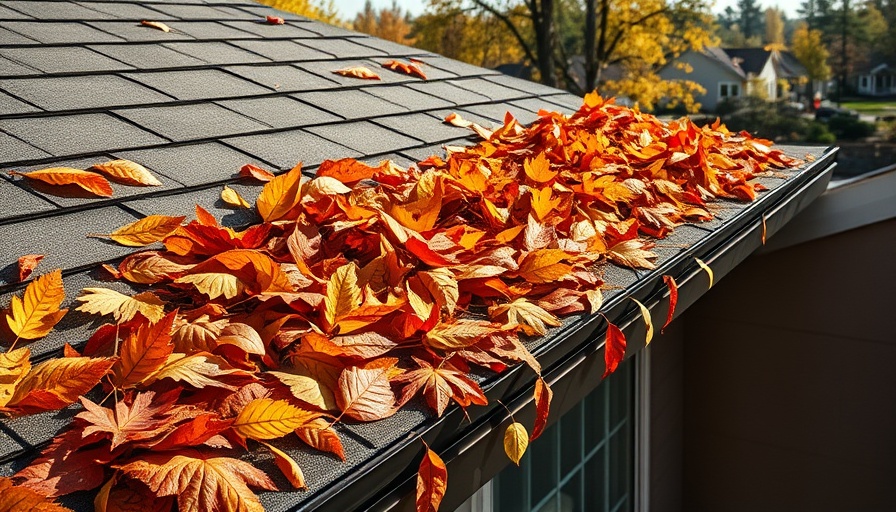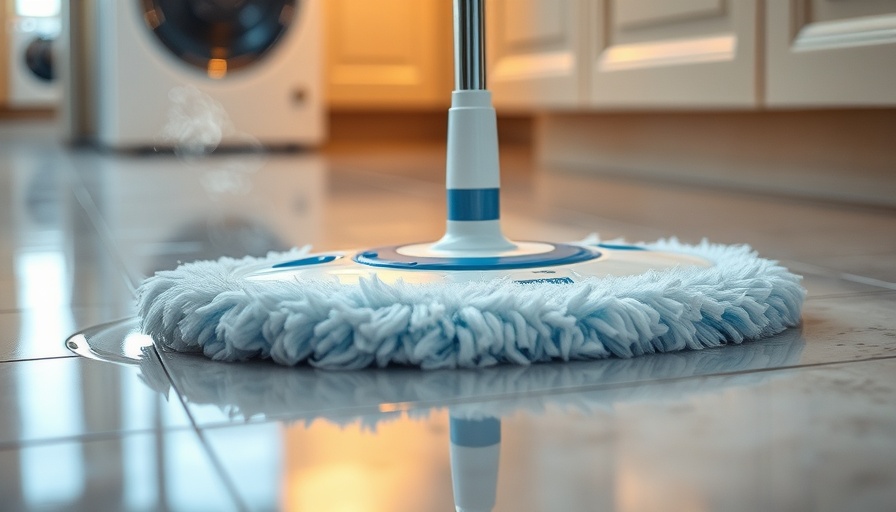
Unpacking Your Home’s Hidden Heat Sources
As temperatures soar, many homeowners find themselves scratching their heads, wondering why their house feels more like a sauna than a sanctuary. You may not realize it, but several common elements in and around your home could be silently contributing to this unwelcome warmth. Understanding these factors not only promises a more comfortable living space but also offers an opportunity to save on energy bills — a win-win!
1. The Untamed Sunlight
First things first, sunlight is a major contributor to indoor heat. While we all love basking in the sun, too much of it can raise your home temperature significantly. Large windows, especially those with no treatments, can act like magnifying glasses, trapping heat inside. To combat this, consider installing energy-efficient window films or utilizing heavy curtains and blinds, especially during the hottest parts of the day.
2. Clutter: Your Home’s Own Humidity Farm
It turns out that clutter isn’t just an eyesore — it can also be a heat trap! Excess items gather heat and can even hold onto moisture, raising humidity levels. A good decluttering session not only improves airflow in your house but also contributes to a more refreshing space. Plus, embracing minimalism can give you a sense of mental clarity as well!
3. Age and Condition of Your HVAC System
Your HVAC system is your home’s cooling powerhouse, but many don’t realize that an old or malfunctioning system can be a hidden culprit of rising indoor temperatures. Regular maintenance, including air filter changes and annual inspections, can keep your system running efficiently. Think of it as a wellness check for your air conditioning — it deserves the attention!
4. Appliances Working Overtime
Ah, those guilty pleasures! Kitchen appliances are often silent offenders, unleashing heat as they cook and clean. While using your oven on a hot day might not seem significant, it can dramatically raise temperatures in a localized manner. Consider cooking during cooler morning hours or using a microwave for smaller meals. Trust me, no one wants to turn their kitchen into a tropical paradise!
5. Poor Insulation: Not Just a Winter Problem
Good insulation does wonders, keeping your house cozy in winter and cool in summer. If your insulation is outdated or insufficient, warm air can seep in unchecked. This is where investing in adequate insulation pays dividends. Proper insulation keeps the cool air inside and the hot air out!
6. Lighting: Brightness Can Be Blinding
We all adore well-lit spaces, but incandescent bulbs are notorious for generating heat. Switching over to LED or CFL lighting can not only save on energy costs but also reduce heat output. While you’re at it, why not throw in some smart lighting systems? They adjust automatically to your preferences and can lighten your energy load — literally!
7. Bathroom Steam: Beyond a Relaxing Retreat
Bathrooms can become mini-heat traps post-shower. The steam that lingers after a hot shower can raise your indoor humidity, contributing to discomfort. Installing an exhaust fan can help, as it encourages quick air circulation and maintains a balanced humidity level. Say goodbye to your bathroom sauna!
8. Door Gaps: The Uninvited Guests
Drafts? No, thank you! Gaps in doors and windows allow warm air to sneaky its way inside. A simple weather-stripping installation can be a game-changer, sealing off leaks and maintaining temperature control. It’s an easy DIY fix that provides impressive results!
9. Your Home’s Landscaping: An Overlooked Helper
Don’t underestimate the power of trees! Trees and shade from shrubbery can dramatically cool your home by blocking harsh sunlight. Strategically placed landscaping can minimize the direct sun exposure on your home, leading to cooler indoor temperatures. It’s natural cooling at its finest!
How to Take Action
Understanding what contributes to a hotter home can empower you to make informed changes. Start by assessing your home — a little bit of decluttering and a few home improvements can go a long way. Don’t forget to consider enhancements like energy-efficient appliances and professional HVAC services.
Keeping your home cooler isn’t just about comfort; it’s also an opportunity to save on energy costs and promote sustainability. Small actions can lead to significant environmental impacts — so let’s cool it down!
 Add Row
Add Row  Add
Add 



Write A Comment